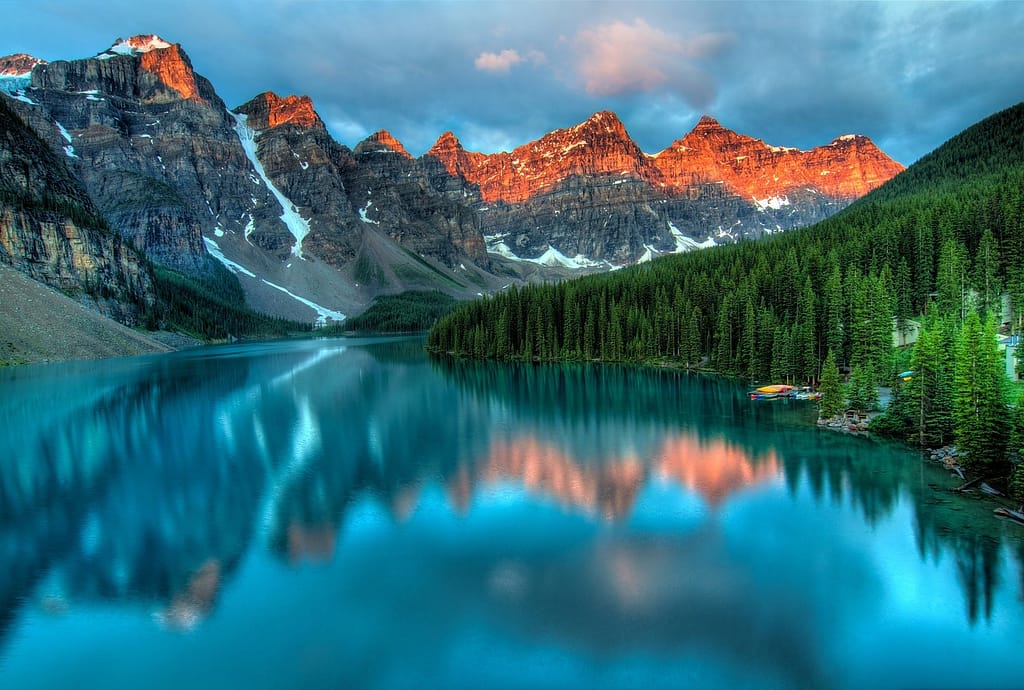Water is a vital resource that sustains life, supports agriculture, and drives industry. A significant portion of the world’s freshwater supply comes from groundwater, stored in natural underground reservoirs known as aquifers. Among these, unconfined aquifers play a crucial role. In this article, we will delve into the characteristics, importance, and challenges of unconfined aquifers, highlighting their significance in our daily lives and the environment.
Introduction
Definition of Unconfined Aquifers
Unconfined aquifers, also known as water table aquifers, are groundwater reservoirs where water seeps from the ground surface directly above the aquifer. Unlike confined aquifers, which are trapped between layers of impermeable rock, they have a permeable layer on top, allowing water to move freely in and out. This makes them more accessible but also more vulnerable to contamination.
Importance of Studying Unconfined Aquifers
Understanding unconfined aquifers is essential for several reasons. They are a critical source of freshwater for drinking, agriculture, and industry. Their role in the hydrological cycle supports ecosystems and biodiversity, and they help maintain the balance of surface water bodies. With the increasing demand for water and the impacts of climate change, studying these has never been more important.

Characteristics of Unconfined Aquifers
Physical Properties
Unconfined aquifers are typically found in porous materials like sand, gravel, and certain types of limestone. These materials have high porosity, meaning they have many spaces that can hold water, and high permeability, which allows water to flow through them easily. The depth and thickness of unconfined aquifers can vary greatly, depending on geological and environmental conditions.
Hydrological Features
The water table, the upper surface of an unconfined aquifer, fluctuates based on factors like precipitation, evaporation, and human extraction. During wet periods, the water table rises as the aquifer is recharged. In dry periods, it falls as water is extracted or naturally discharged. This dynamic nature makes unconfined aquifers highly responsive to environmental changes.
Geographical Distribution
Unconfined aquifers are found worldwide, from vast alluvial plains to coastal regions and even in deserts. Notable examples include the High Plains Aquifer in the United States, the Great Artesian Basin in Australia, and the North China Plain aquifer. Each of these aquifers supports large populations and diverse ecosystems, highlighting their global importance.
Importance of Unconfined Aquifers
Water Supply
Unconfined aquifers are a major source of freshwater for millions of people. They provide water for drinking, sanitation, irrigation, and industrial processes. In regions where surface water is scarce or polluted, they offer a reliable alternative. Their accessibility makes them particularly valuable in rural and developing areas.
Environmental Role
These aquifers play a vital role in maintaining ecosystems. They support wetlands, which are crucial for biodiversity, and help sustain rivers and lakes during dry periods. The interaction between groundwater and surface water in unconfined aquifers is essential for the health of aquatic habitats and the species that depend on them.
Economic Significance
The economic benefits of unconfined aquifers are substantial. In agriculture, they provide the irrigation necessary for crops, supporting food security and livelihoods. Industries, particularly those requiring large amounts of water, rely on these aquifers for their operations. This dependency highlights the need for sustainable management to ensure long-term economic stability.
Hydrological Processes in Unconfined Aquifers
Recharge Mechanisms
Recharge is the process through which an aquifer is replenished with water. In unconfined aquifers, this primarily occurs through precipitation and the infiltration of surface water. Factors like soil type, vegetation, and land use affect the rate of recharge. Human activities, such as irrigation and urban development, can significantly impact natural recharge processes.
Discharge Mechanisms
Water exits unconfined aquifers through natural discharge into rivers, lakes, and oceans, or through springs and seeps. Human extraction for agriculture, industry, and domestic use also constitutes a major discharge mechanism. Understanding these processes is crucial for managing water resources and ensuring that extraction does not exceed recharge rates.
Flow Dynamics
The movement of groundwater within unconfined aquifers is driven by gravity and pressure differences. Groundwater flows from areas of high recharge to areas of discharge. Factors such as the slope of the water table, soil permeability, and the presence of barriers like impermeable rock layers influence flow patterns. Accurate modeling of these dynamics is essential for effective water management.

Challenges and Threats to Unconfined Aquifers
Over-extraction and Depletion
One of the major challenges facing unconfined aquifers is over-extraction. When water is pumped out faster than it can be naturally replenished, the aquifer becomes depleted. This can lead to a range of problems, including reduced water availability, lower water quality, and land subsidence. Regions like the Central Valley in California and parts of India and China are experiencing severe aquifer depletion due to overuse.
Pollution and Contamination
Unconfined aquifers are particularly susceptible to contamination because they are close to the surface. Pollutants from agricultural runoff, industrial waste, and septic systems can easily infiltrate the groundwater. Contaminants like nitrates, heavy metals, and pesticides pose serious health risks. Preventing and addressing contamination is critical for protecting water quality.
Climate Change Effects
Climate change poses a significant threat to unconfined aquifers. Changes in precipitation patterns, increased frequency of droughts and floods, and rising temperatures can alter recharge and discharge rates. These changes can exacerbate existing challenges like over-extraction and pollution, making the sustainable management of these aquifers even more complex.
Management and Conservation Strategies
Sustainable Extraction Practices
To ensure the long-term viability of unconfined aquifers, sustainable extraction practices are essential. This includes using water-efficient technologies, adopting conservation practices, and implementing policies that regulate groundwater use. Monitoring and managing extraction rates can help prevent depletion and ensure that aquifers remain a reliable water source.
Pollution Prevention and Remediation
Preventing contamination involves managing land use practices, controlling sources of pollution, and implementing protective measures like buffer zones around water bodies. When contamination occurs, remediation techniques such as pump-and-treat, in-situ bioremediation, and natural attenuation can be used to clean up polluted aquifers and restore water quality.
Recharge Enhancement
Enhancing natural recharge can help mitigate the effects of over-extraction and climate change. Techniques like artificial recharge, which involves directing surface water into recharge basins or wells, can increase groundwater levels. Conservation practices, such as protecting recharge areas and reducing impervious surfaces, also support natural recharge processes.
Community Involvement and Education
Engaging communities in the management and conservation of unconfined aquifers is crucial. Public awareness campaigns, education programs, and stakeholder involvement can foster a sense of responsibility and encourage sustainable practices. Local knowledge and participation are key to developing effective, context-specific solutions.
Conclusion
Unconfined aquifers are a vital resource, providing water for drinking, agriculture, industry, and supporting ecosystems. Their characteristics make them accessible yet vulnerable, requiring careful management to ensure sustainability. As we face growing water demands and climate change impacts, understanding and protecting these aquifers has never been more important. By adopting sustainable practices, preventing pollution, and enhancing recharge, we can safeguard these critical resources for future generations.
References
- Alley, W. M., Reilly, T. E., & Franke, O. L. (1999). Sustainability of Ground-Water Resources. U.S. Geological Survey Circular 1186.
- Fitts, C. R. (2013). Groundwater Science. Academic Press.
- Todd, D. K., & Mays, L. W. (2005). Groundwater Hydrology. John Wiley & Sons.
- U.S. Geological Survey (USGS). (2021). Groundwater Information. USGS Website.
- National Groundwater Association (NGWA). (2020). Groundwater Facts. NGWA Website.




